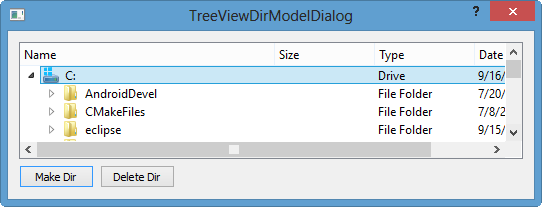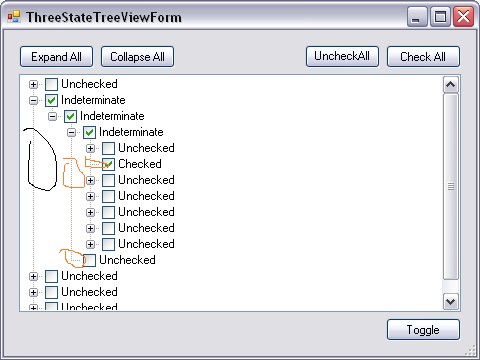

Creating your own delegate from scratch is easy, since TreeView offers a set of properties that can be used to position and render each node in the tree correctly. I already posted an implementation of a QML TreeView some time ago.

Qt Quick Controls offers a ready-made TreeViewDelegate that can be used for this, which has the advantage that it works out-of-the-box and renders a tree which follows the style of the platform where the application runs.Įven if TreeViewDelegate is customizable, there might be situations where you want to render the tree in a different way, or ensure that the delegate ends up as minimal as possible, perhaps for performance reasons. To allow for maximum flexibility, TreeView itself will not position the delegate items into a tree structure. And if the user scrolls back to the bottom auto-scroll is re-enabled. As soon as the user scrolls manually the auto-scroll stops.
Qml treeview full#
full capability applications with Qt Widgets, QML, and even Qt 3D. And if a new entry is added the list scrolls up just enough to show the new entry. First of all, we use a simple treeview directory program (Python/Qt5 ) from this. By indenting each delegate item in that column according to its parent-child depth in the model, it will end up looking like a tree, even if it's technically still just a flat list of items. The newest entry is always at the bottom of an upwards scrolling list. Each node in the tree ends up occupying one row in the table, where the first column renders the tree itself. This means that even if the model has a parent-child tree structure, TreeView is internally using a proxy model that converts that structure into a flat table model that can be rendered by TableView.



 0 kommentar(er)
0 kommentar(er)
